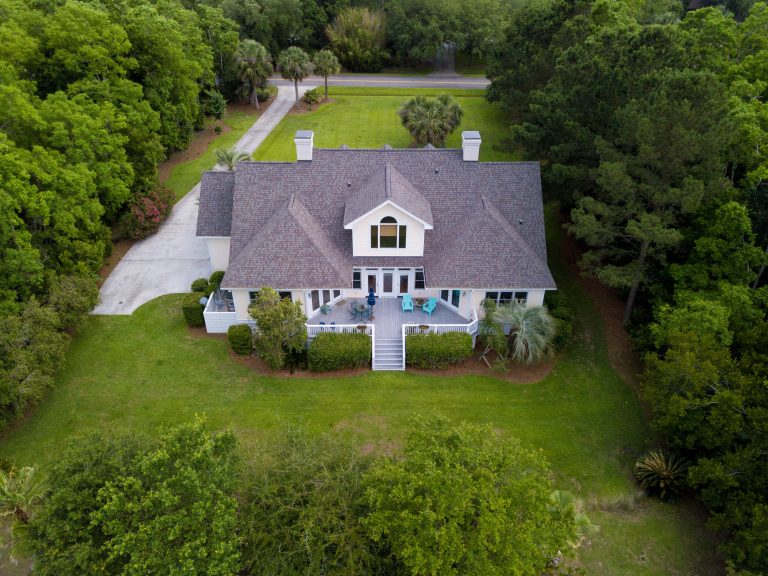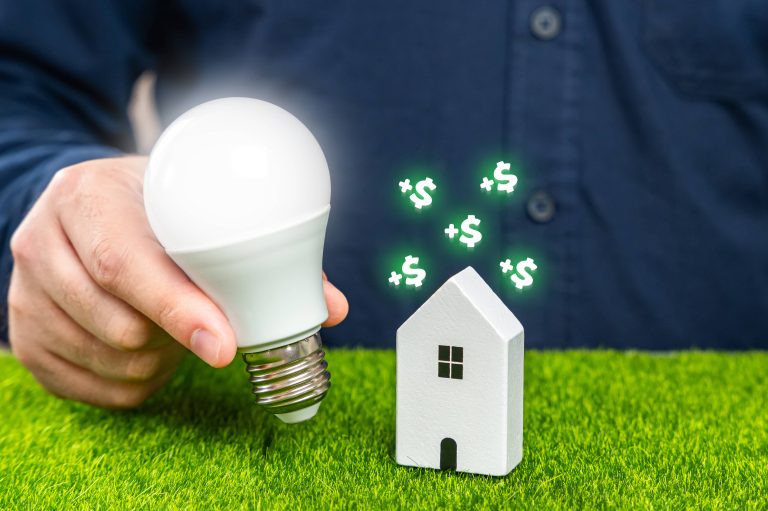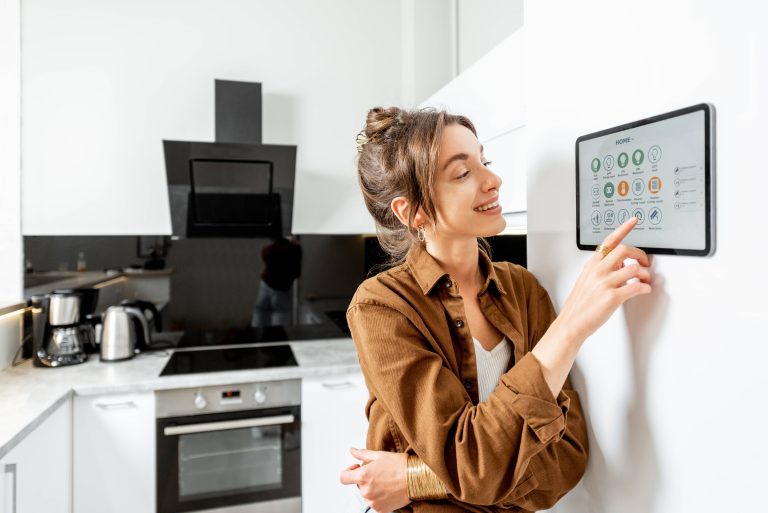
The concept of a smart home might have once seemed like something from a science fiction novel, but it is now a tangible reality for many. The rapidly evolving market of smart home innovations presents an exhilarating yet challenging opportunity to create a living space that not only meets current demands but also anticipates future advancements. Whether you’re a tech enthusiast or just getting started, future-proofing your smart home setup ensures that your investment is sustainable and adaptable. In this blog post, we will explore several strategies to safeguard your smart home’s longevity and efficiency.
1. Invest in an Upgradable Ecosystem
When it comes to smart home systems, choosing a flexible and upgradable ecosystem is crucial. Platforms like Apple HomeKit, Google Home, and Amazon Alexa offer extensive and continuously expanding compatibility with numerous smart devices. Before making significant investments, research which ecosystem aligns best with your preferences and existing gadgets. Brands that are committed to regular updates and have a robust developer community are likely to offer better support for future innovations.
2. Embrace Interoperable Standards
One of the primary challenges in the smart home industry is the lack of a unified standard. However, this trend is changing with the advent of Matter, a new standard supported by major players like Apple, Google, Amazon, and the Zigbee Alliance. By choosing devices that adhere to interoperable standards like Matter, you ensure seamless communication between various gadgets, reducing the risk of obsolescence. Look for devices that are “Matter certified” or likely to receive updates to support emerging standards.
3. Opt for Modular Smart Solutions
Another effective way to future-proof your smart home is by choosing modular systems. Modular devices allow you to add, upgrade, or replace specific components without overhauling the entire setup. For instance, modular lighting systems enable you to change bulbs, bridges, or even add new fixtures as technology advances without discarding the entire system. This approach saves money and keeps your home tech current.
4. Prioritize Cybersecurity
As smart home devices proliferate, so do concerns over cybersecurity. Future-proofing your smart home involves protecting it from potential threats. Keep your software and firmware up-to-date, as manufacturers frequently release patches to address vulnerabilities. Invest in devices from reputable brands that have a track record of strong security practices. Furthermore, consider using a smart home cybersecurity service that monitors your network for suspicious activity.
5. Focus on Energy Efficiency
Energy efficiency is an important aspect of future-proofing your smart home. As fossil fuel dependence decreases and renewable energy sources become more prevalent, smart devices should be able to manage energy consumption intelligently. When selecting smart appliances, look for energy star ratings and features like energy monitoring and optimization. Smart thermostats, lighting systems, and power strips can contribute to a more sustainable and adaptable home environment.
6. Plan for Scalability
Your smart home needs might be modest now, but as new devices and technologies emerge, your demands could grow. To accommodate future expansion, ensure that your smart home system is scalable. Invest in a robust Wi-Fi network with ample bandwidth to support additional devices. Consider mesh Wi-Fi systems like Eero or Google Nest WiFi for more extensive coverage. Additionally, smart hubs or bridges that allow easy integration of new devices can provide the necessary scalability.
7. Leverage Cloud Integrations
Cloud technology plays a crucial role in the functionality of smart homes. Many smart devices rely on cloud-based services for data processing, storage, and remote access. By leveraging cloud integrations, you can ensure that your smart home remains adaptable and functional as new services and capabilities become available. Utilize platforms that offer seamless integration with popular cloud services and APIs to maximize the potential of your gadgets.
8. Stay Informed about Emerging Technologies
The tech landscape is ever-changing, and staying informed is key to future-proofing your smart home. Follow tech news, join smart home forums, and participate in online communities to keep up with the latest trends and product releases. Subscribing to newsletters from reputable tech blogs and attending trade shows can also provide insights into emerging technologies and innovations.
9. Invest in AI and Voice Control
Artificial Intelligence (AI) and voice control are transforming the way we interact with our smart homes. Devices equipped with AI capabilities can learn user preferences and automate tasks for enhanced convenience. Similarly, voice assistants like Amazon Alexa, Google Assistant, and Apple’s Siri are becoming more advanced, offering greater functionality and integration with smart home devices. Investing in AI and voice-controlled gadgets ensures that your smart home can adapt to the increasing demand for intuitive and hands-free operation.
10. Prepare for Smart Home Health
The intersection of health and technology is poised to revolutionize smart homes. Devices that monitor air quality, water usage, and even vital health signs will become more prevalent. To future-proof your home, consider integrating smart health gadgets like air purifiers, smart water filters, and health-monitoring systems. These devices not only contribute to a healthier living environment but also align with the growing trend of personalized health and wellness technology.
Final Thoughts
Future-proofing your smart home setup is a proactive strategy that involves thoughtful planning, informed decision-making, and staying adaptable. By investing in upgradable ecosystems, focusing on interoperability, and prioritizing cybersecurity, you can create a smart home that evolves with technology rather than becoming outdated. Embrace modular solutions, opt for energy-efficient devices, and leverage cloud integrations to enhance your system’s scalability and functionality. Ultimately, the smart home of the future is one that is well-prepared, adaptable, and integrated with the latest technological advancements.







